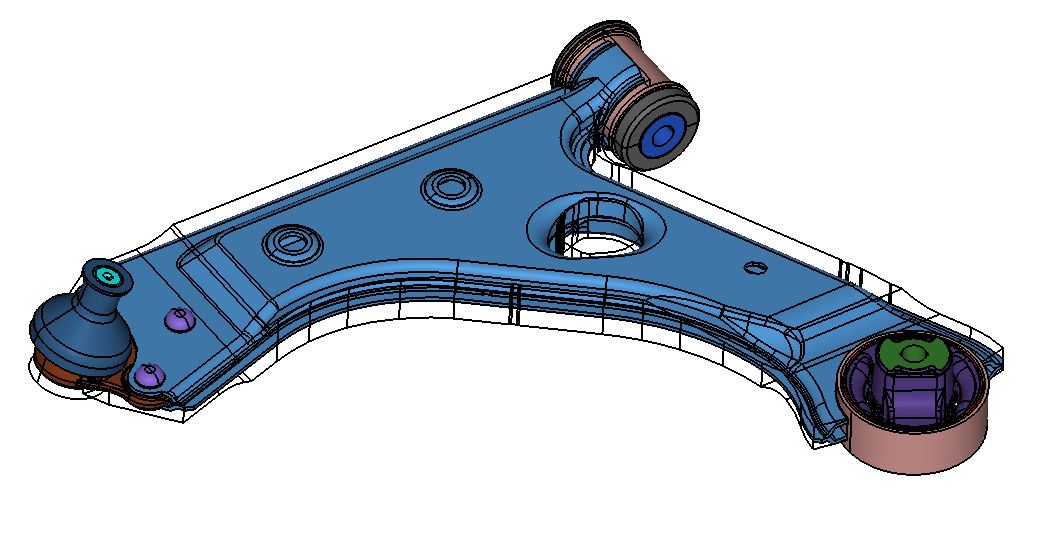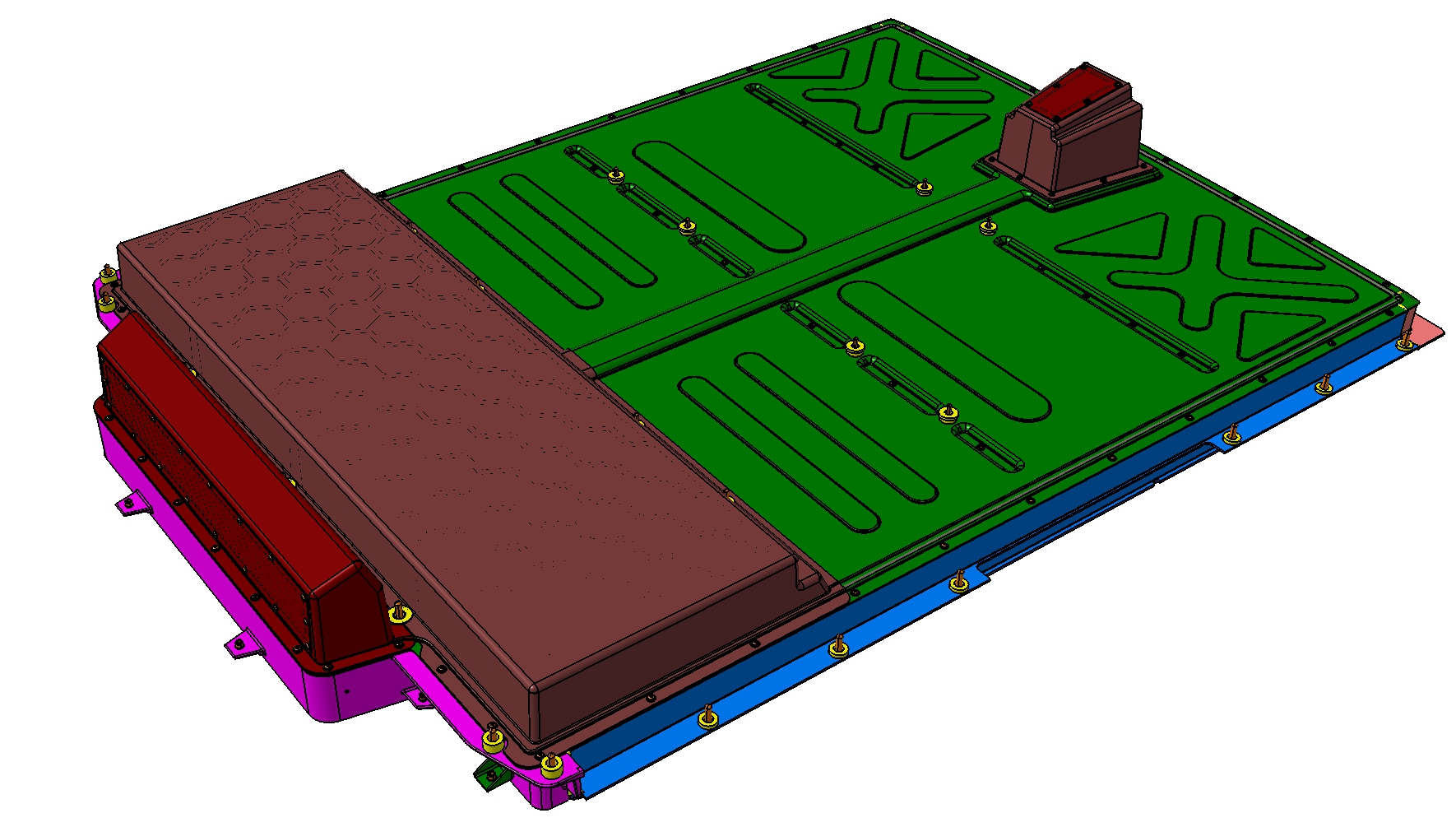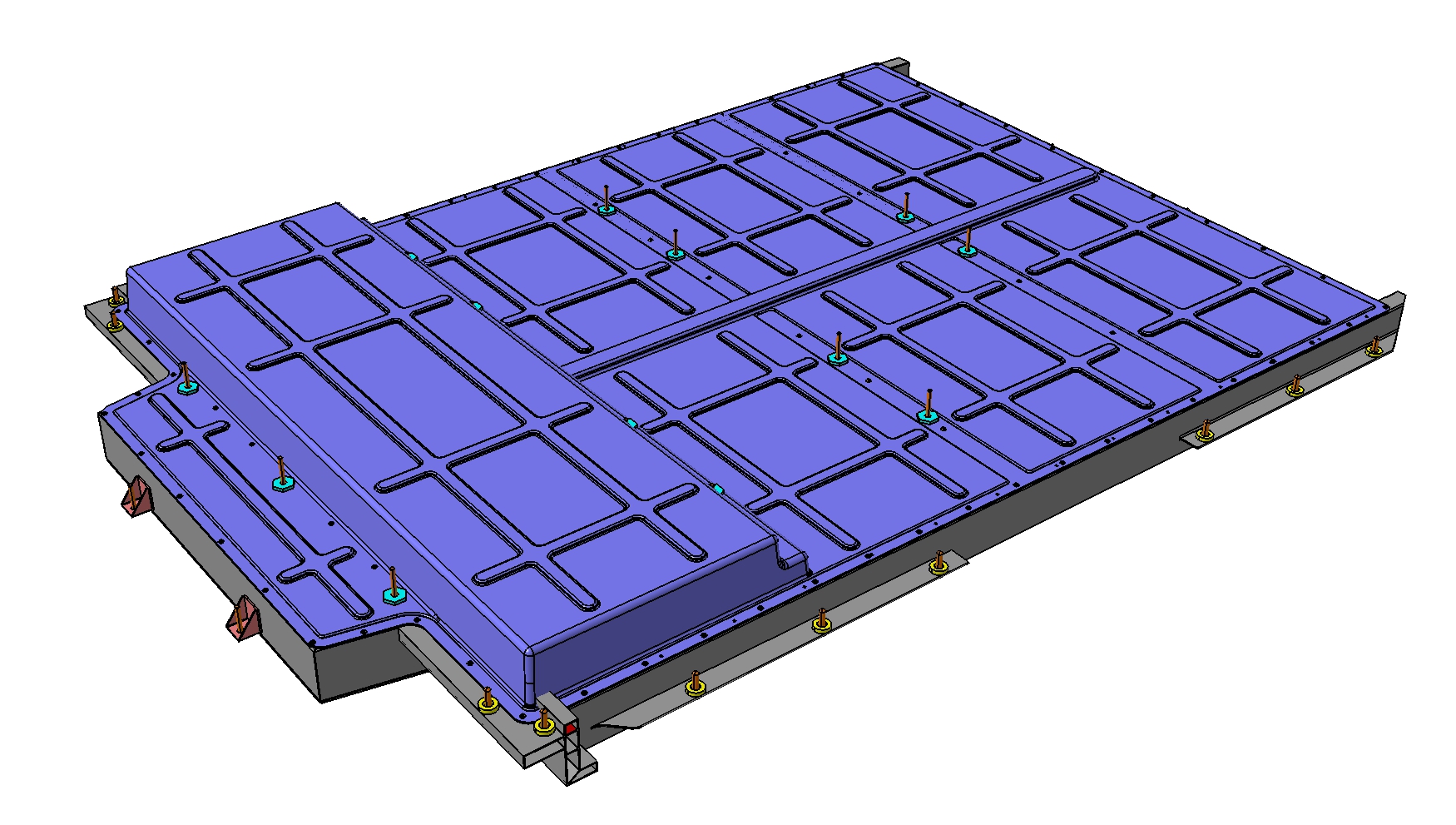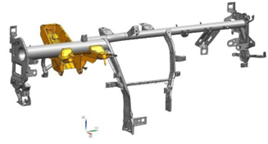It is well known that one of the most hard-hitting challenges the automotive industry is facing is the massive shift from Internal Combustion Engines (ICE) to Battery Electric Vehicles (BEV). Original Equipment Manufacturers (OEMs) have therefore been pushed to reduce automotive weight even more than in the past to compensate for the high weight of batteries in electric vehicles to increase the vehicles’ range in terms of kilometres or hours of battery life.
The LEVIS project aims to provide the means to efficiently develop, verify and scale up the production of sustainable, lightweight materials and structural parts for electric vehicles, pursuing enhanced energy- and cost efficiency through the entire vehicle lifecycle. To assess this impact, LEVIS outcomes will be showcased in three real-case demonstrators.
Within the LEVIS demonstrator development, Marelli has led – with the support of consortium partners – the design and engineering of each demonstrator, including their computer-aided design (CAD). The CAD design acts as product development workflow for each of LEVIS’ use cases in order, for all the partners, to be as much as possible aligned and guided with a similar work structure throughout the product design and virtual validation by means of Computer Aided Engineering (CAE).


Figure 1: Demo 1 – Suspension Control Arm (benchmark product left and newly developed design right)
The newly designed components must comply with challenging KPIs: LEVIS will focus on achieving a relevant vehicle weight reduction (expected 20-40%) following sustainable processes with an equivalent final cost, thanks to the optimized deployment of advanced light materials.


Figure 2: Demo 2 – Battery Box set (benchmark product left and newly developed design right)
To start redesigning the parts, first market research on already existing solutions with similar processes or materials has been conducted. The product development workflow has started with the definition of a proper material card able to reproduce experimental results carried out at coupon level on new materials. The available design space to redesign the part has been sketched for every single part resulting in a black box to work with to re-shape the parts. The newly developed material card has been integrated into virtual analysis both static and dynamics – depending on product-related specifications, in order to assess how the new materials impact product performances. Process-induced constraints have been accounted for since the very early stage of product conception coherently with a concurrent engineering approach.


Figure 3: Demo 3 – Cross car beam (benchmark product left and newly developed design right)
So far, a new design for each single LEVIS demonstrator has been already drafted (Figures 1, 2 and 3) and the first loop of virtual analysis validation carried out. Further refinements are ongoing to be able to freeze the design according to the foreseen project timeline and to be able to manufacture prototypes that will undergo experimental tests during 2023.
CONTACT
Salvatore SOTTILE
Advanced Material Applications Engineer | Marelli Suspension Systems Italy S.p.A
+39 0110046065
salvatore.sottile@marelli.com
